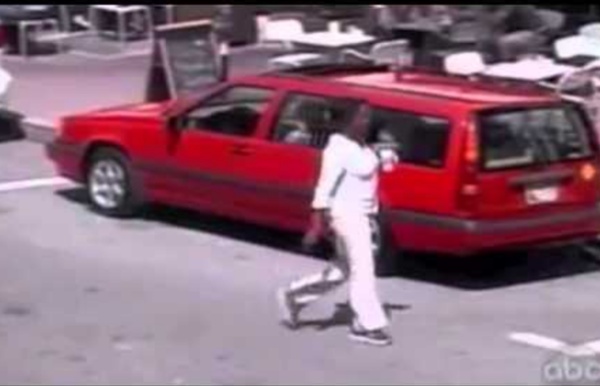



http://www.youtube.com/watch?v=e_hsGXghOw4
Related: The Bystander Effect • Bystander EffectAdditional readings - Textbook article further illustrating on pluralistic ignorance and diffusion of responsibility. Review Bibb Latané and John Darley’s model of helping behavior and indicate the social psychological variables that influence each stage. Although emotional responses such as guilt, personal distress, and empathy are important determinants of altruism, it is the social situation itself—the people around us when we are deciding whether or not to help—that has perhaps the most important influence on whether and when we help. Consider the unusual case of the killing of 28-year-old Katherine “Kitty” Genovese in New York City at about 3:00 a.m. on March 13, 1964. Her attacker, Winston Moseley, stabbed and sexually assaulted her within a few yards of her apartment building in the borough of Queens. During the struggle with her assailant, Kitty screamed, “Oh my God!
Breaking the silence - preventing harassment and sexual misconduct Be an Active Bystander We can all be bystanders. Every day events unfold around us. At some point, we will register someone in danger. When this happens, we will decide to do or say something (and become an active bystander), or to simply let it go (and remain a passive bystander). When we intervene, we signal to the perpetrator that their behaviour is unacceptable. Online sources including the causes and examples of the Bystander Effect Definition The phenomenon which explains the likeliness of a person to take some sort of action to help someone in distress depending on the number of people present in the scene is regarded as bystander effect. If you witnessed a emergency situation happening in front of you, you would definitely take some sort of action right? Psychologists argue that it may not be the case as number of people present in the scene impacts how you (a person) would react. A basic understanding of this phenomenon is that when there are fewer people in the scene or a person is alone, he/she is more likely to feel responsible to take some sort of action.
Bystander Effect: What Is It and What You Can Do About It What the bystander effect looks like A little after 3 a.m. on March 13, 1964, Catherine “Kitty” Genovese parked her car and walked to her apartment in Queens, New York, after finishing her shift as a bar manager. Serial killer Winston Moseley was out to victimize someone that night. Genovese became his target. When he followed her, she ran. How To Counteract The Bystander Effect - University of Pittsburgh Student EMS Counteracting The Bystander Effect It is a beautiful spring day in Oakland. There are just a few weeks left until summer break and everyone is ready to go home.
How to Overcome the Bystander Effect Psychologists have long been interested in exactly why and when we help other people. There has also been a tremendous amount of interest in the reasons why we sometimes don't help others. The bystander effect is a social phenomenon that occurs when people fail to help those in need due to the presence of other people. In many cases, people feel that since there are other people around, surely someone else will leap into action.1
What Is the Bystander Effect? If you witnessed an emergency happening right before your eyes, you would certainly take some sort of action to help the person in trouble, right? While we might all like to believe that this is true, psychologists suggest that whether or not you intervene might depend upon the number of other witnesses present. What Is the Bystander Effect?